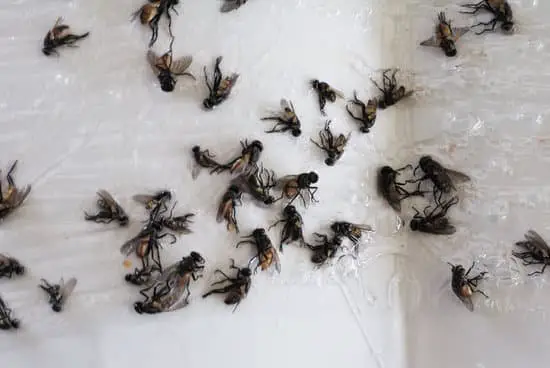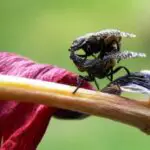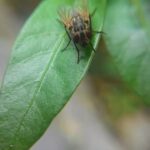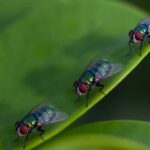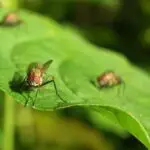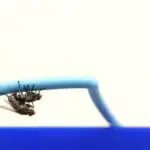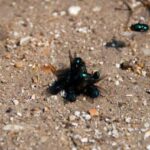How Do Flies Affect Cattle?
Flies are not only a nuisance for humans, but can also cause severe health problems to cattle. They can spread diseases such as anaplasmosis and pinkeye. These insects may also reduce weight gain and milk yield in cattle. As an added cost, cattle will spend more time lying down and in the stock pond, and may not eat as much as they normally do. This can lead to a severe loss in profits. According to one estimate, flies can cost up to $68/head in loss of revenue.
House flies and stable flies are common cattle pests, but they are not the main culprits. House flies swarm during different times of the day to feed on body fluids and lay eggs in wounds. The stable flies, on the other hand, prefer to live in shaded areas.
Horn flies are small, dark gray flies that feed on cattle. Their larvae feed on the blood of cattle and horses. Their life cycle lasts 10-14 days, and females lay up to 500 eggs. Females spend their winters as pupae and emerge as adults in late May.
In addition to causing production losses, horn flies cause significant health problems for cattle. Their presence causes stressed cattle to produce less milk and lower weaning weights by up to 15%. Blood-sucking horn flies also reduce daily gain by up to 18% in cattle. During the summer, their populations can increase rapidly, causing multiple generations of horn flies to breed and multiply in a short period of time.
